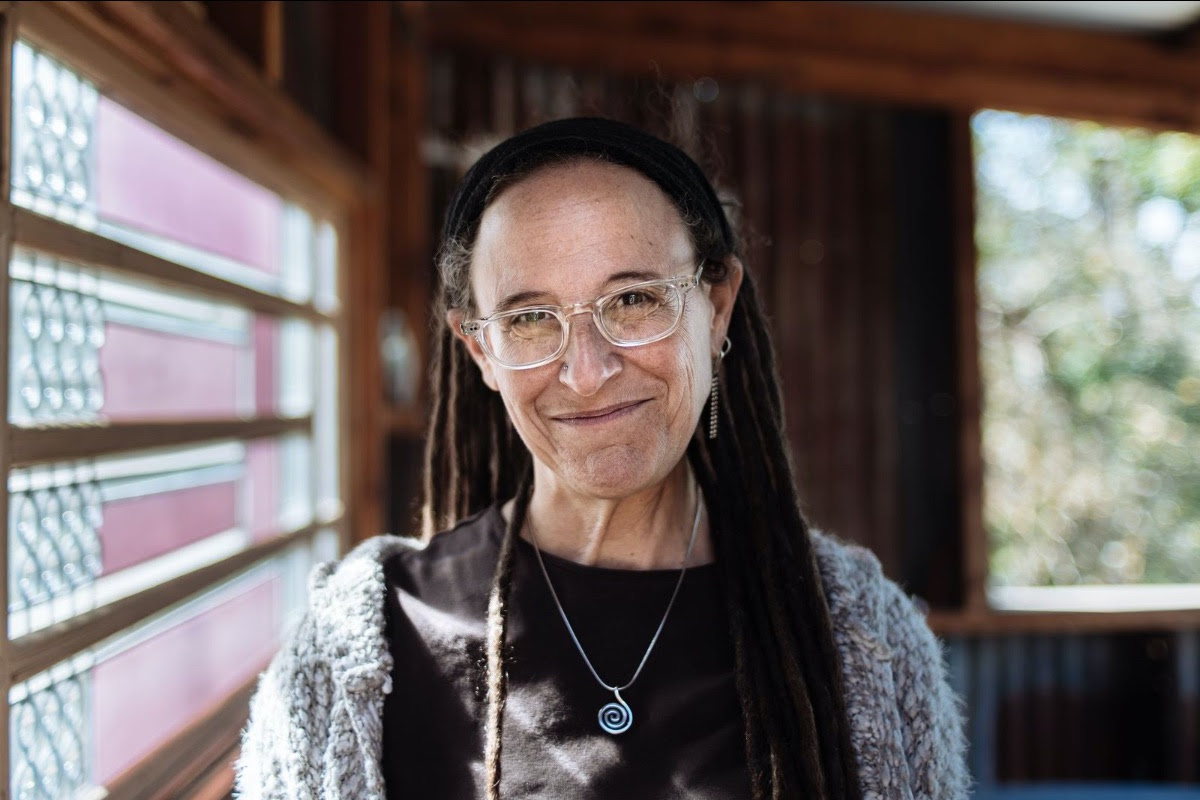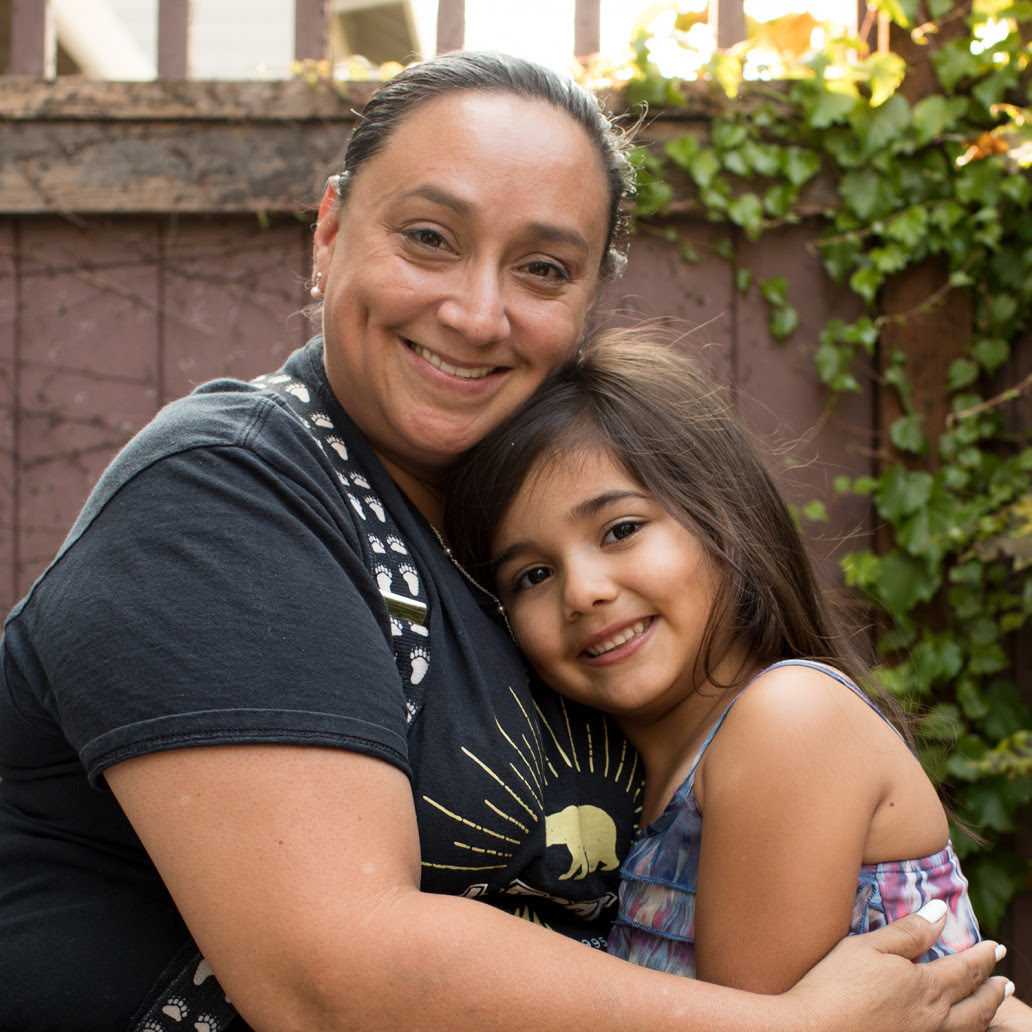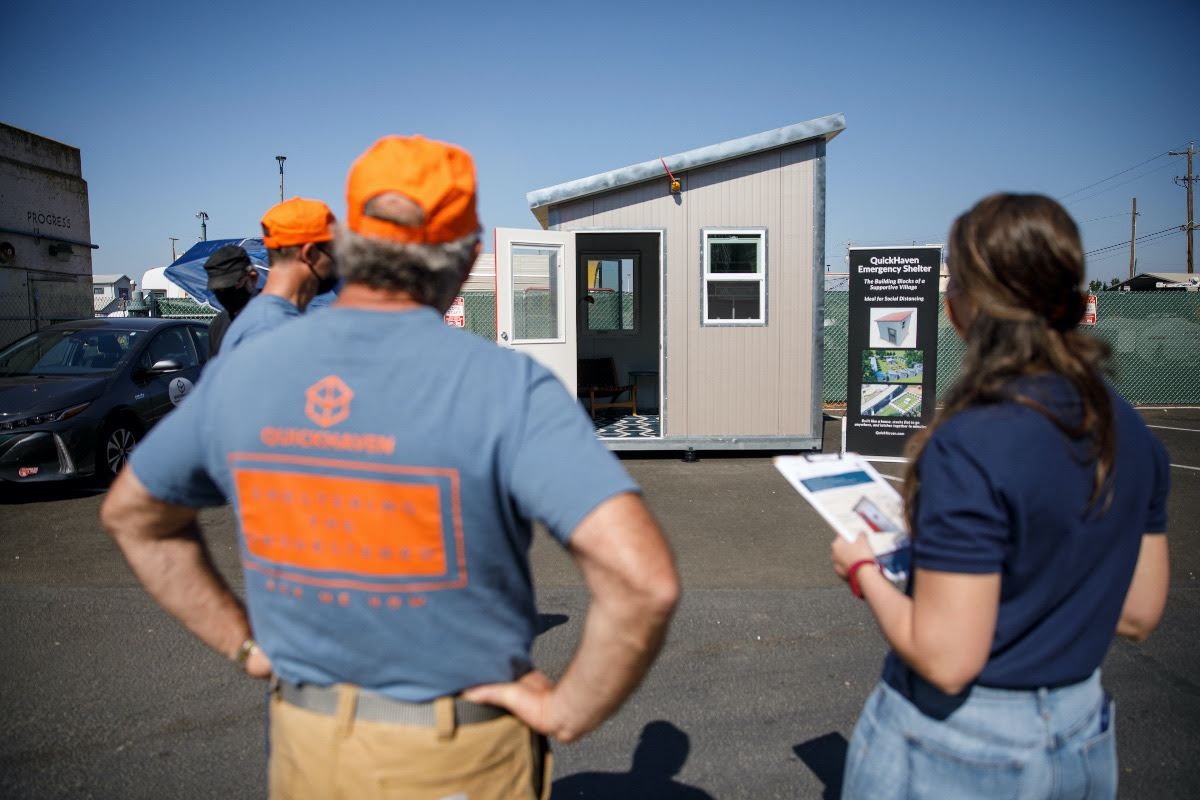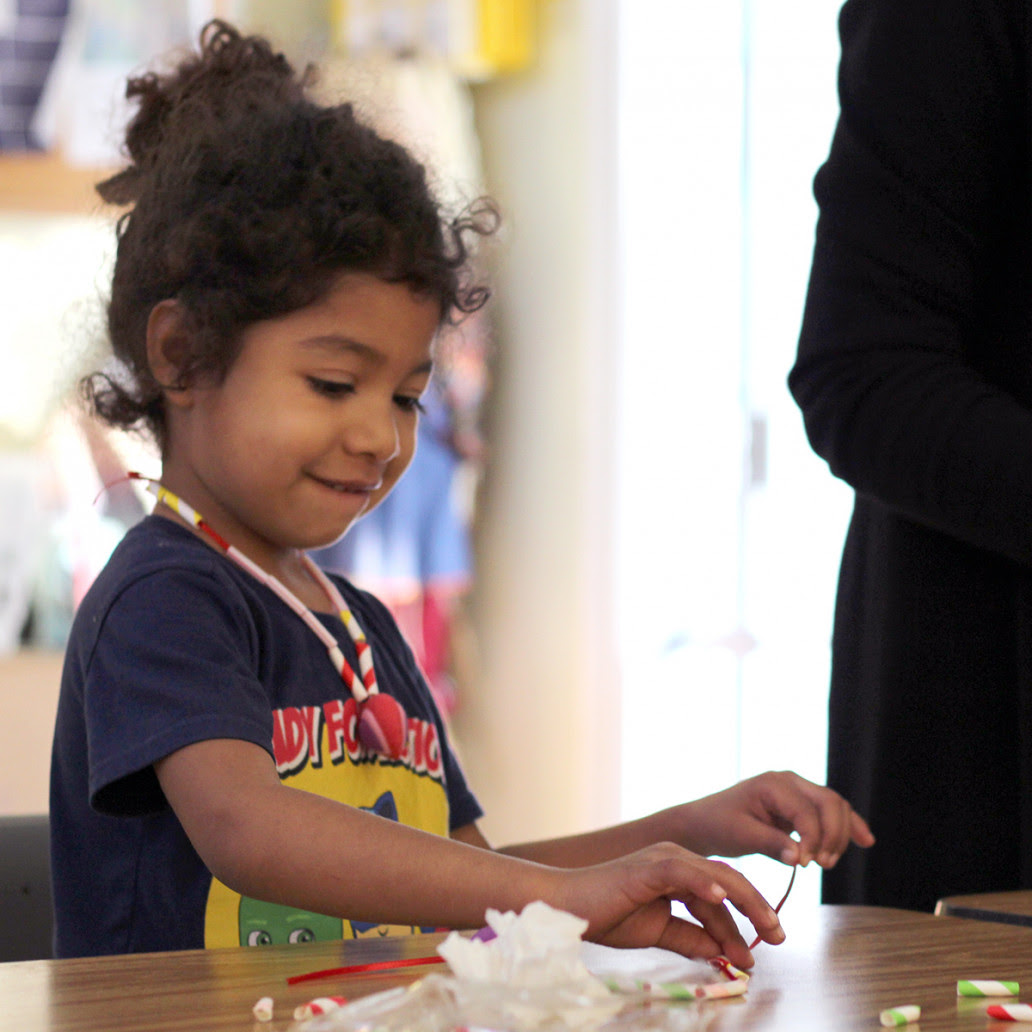March 2022 | Working with Those Experiencing Homelessness – Part II: Interview with Jules Pelican, Director of Support Services, COTS (Committee on the Shelterless)
Our work is really connecting with our clients—what are their needs and what are the strengths that will help them meet those needs?

My first career was as an independent bookseller in Oakland/Berkeley, and later in Sonoma County. I had received my master’s in counseling but hadn’t used it yet. When I lost my job at a bookstore and was forced to look for work, I decided it was time to put it to use!
In 2012, I started working for Homeward Bound of Marin as a Resource Counselor at their New Beginnings Center, one of their shelters. In the beginning, I had to act as if I knew how to do the work, although it was all so new! Day after day I learned, and my competence and confidence both grew.
I had done an informational interview at COTS while working at New Beginnings Center. I wanted to see what resources could be shared between the organizations since we share many of the same clients. When there was a job opening in 2013, I applied. Living in Petaluma, it meant a lot to me to be able to work within my own community. I worked at COTS for four years and then went to work for the City of Santa Rosa Housing Authority in their Section 8 Housing Program. This program provides a voucher for qualifying households that allows them to pay 30% of their income toward rent and utilities; the voucher pays the rest.
I worked at the Housing Authority for a couple of years, and then COTS had a position open. There had been an administrative change, which boded well for the organization. (Chuck Fernandez, our current CEO, started in 2018.) I returned to COTS in 2019 as Director of Programs. I had enjoyed working for the government, but there is something scrappy and homegrown about working for a nonprofit in that individuals have more of a voice in shaping the agency’s priorities.

When it comes to working with clients, there are as many stories as there are individuals. It’s so easy to stereotype, but these stereotypes do not always hold true. It’s vital to recognize each person’s unique history. Sometimes people experience homelessness due to health reasons, or mental health challenges, divorce, or job loss. What all our clients have in common is that they are low-income and don’t have a safety net to catch them. Some may have burnt bridges with their families; these are bridges we try to help rebuild. Sometimes, it’s too late, but sometimes, the client can do the hard work to reconnect with their family.
In my mind, our true work is connecting with our clients—what are their needs, and what are the strengths that will help them to meet those needs? When someone comes into our system, we do an assessment and start an individual action plan. We want to discover and foster the strengths that have helped them in the past and may help them now. For instance, a client may be really good with people, and with some support, they can use that gregariousness to go out and get a job.
It’s been found that a lack of community can be devastating, as we’ve experienced during COVID. People living in encampments create community—one person may have a car, and someone else may be able to provide food. They help each other out. People can survive really challenging situations together and somehow start each day again.

At COTS, we practice trauma-informed care. That means being mindful both of what the client needs and what we need. The work can be incredibly emotionally challenging. How can I protect myself and still hold an open heart when working with clients? In my work with clients, I’ve experienced secondary trauma where I can close my eyes and picture the scene the client described; that’s more than my body needs to take in!
When working with clients, we can’t take things personally. When I was new, I remember meditating between two clients. One was saying X and the other was saying Y. Someone was lying to me, which didn’t feel good, and then I remembered, it’s not about me! People say what they need to say in order to survive.
We touch in with these clients at a moment in time, and then we release each other back to our lives. Being trauma-informed makes us mindful that there are underlying traumas our clients have faced. We don’t know what happened to them before we touched in—who’s the person behind the behavior? We want to be extremely mindful not to re-traumatize people.

There is a difference between case management and therapy; case management starts today and moves forward, while therapy starts today and often looks back. We serve many people with mental health issues. At one end of the spectrum, there are folks with severe and persistent mental health issues; at the other end, mild symptoms such as situational depression or anxiety. And then there’s everyone in between.
Unfortunately, there’s not enough mental health support in the county. With the assistance of our funder, Providence, we’ve been able to create a position to help—Social Support Manager. This staff member is on-site at the Mary Isaak Center, and it’s making a huge difference. He can hang out in the lobby or the smoking section and can help de-escalate situations. He can support Case Managers in the work that they’re doing. Clients may not want to share everything with their Case Managers because the Case Manager will hold them accountable. The Social Support Manager is simply there to listen.
My work has increased my sense of gratitude. It’s opened my heart and mind tremendously. The little interactions I have with clients, even a greeting in the lobby, mean the world to me, as does working through a hard issue. I have conversations with clients that I’d never get to have at home if I just stayed in my own little, comfortable world.
You can check out the links and support some of the many different services COTS offers at:

Fingerling
Fingerling of
blossoming pine
I would
never have
noticed you so
high on a branch
child and parent
of seventy feet,
arms spiraling
outward and upward
in perpetual
dance
fallen
from your nest
you lie―
creamy-yellow clusters
between green
soft needles shine
from brown
overlapping cones
all wrapped in
wafting perfume―
I name you
thousand blessings.
Receive the Earth-Love Newsletter, event invitations, and always a poem.
